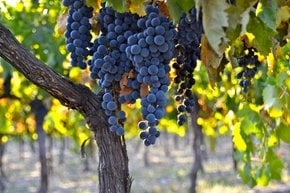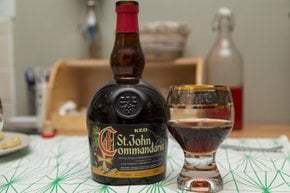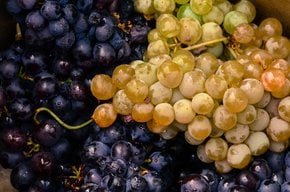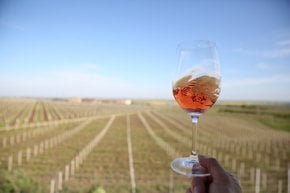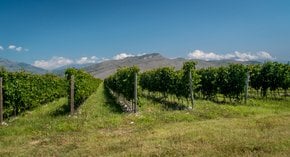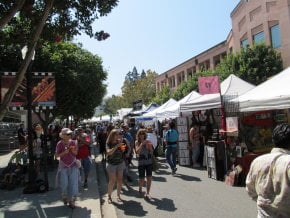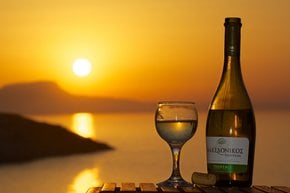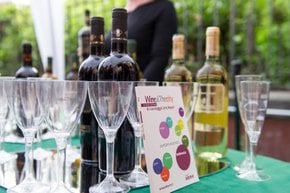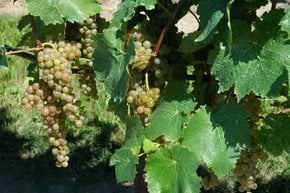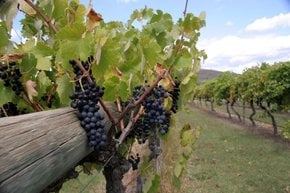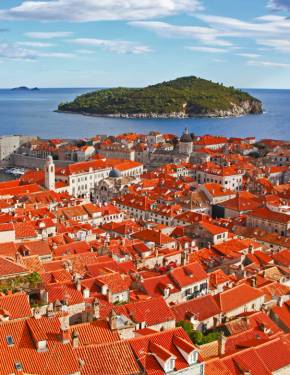Grape Harvest in Vienna 2026
Vienna has more vineyards within its boundaries than any other capital in the world
Best time: September–October
It's impossible to imagine Vienna without vineyards—they dominate the scenery as you reach the outskirts of the city. Vineyards occupy 700 hectares within the city boundaries, and they have become a major attraction for locals and tourists during autumn.
Several hundred vineyards invite visitors to participate in the harvest, find out about the history of wine-making in the region, taste excellent wines, and just spend a great day outside. Wine harvest usually runs in the autumn months, peaking in September and October.
Vienna is famous for its whites: Rheinriesling, Welschriesling, Grüner Veltliner, and Weißburgunder. Gemischter Satz is also a local wine speciality which is getting more popular.
Don't forget to check out so-called Vienna "heurige"—wine taverns that have become a symbol of the city.








